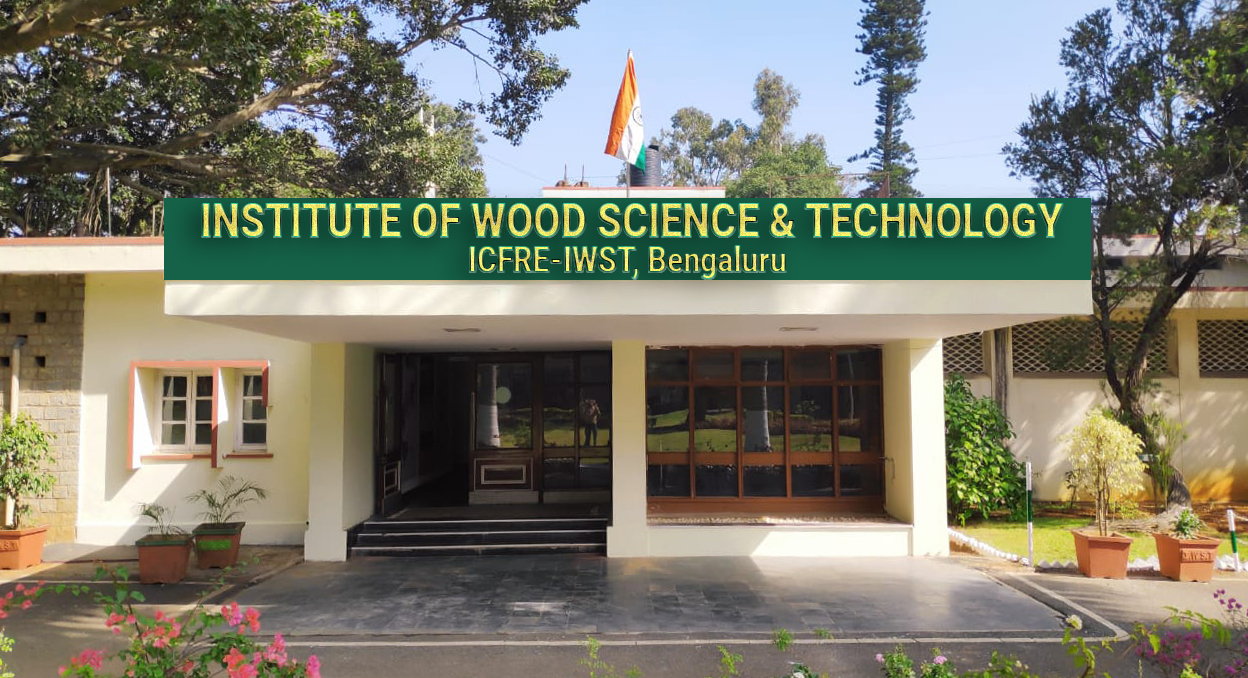Particle Board
Wood particle boards, or particleboards, are panels made of particles of wood. Wood is reduced to chips, which are transformed into particles, that are conducted to a drying process. The dry material is mixed with a synthetic resin and the mixture is placed in a press, where it is subjected to heat and pressure, resulting in a particleboard. There is low density, high density and medium density particle board. Wood density is a determining factor in particleboard density. The latter density, in turn, determines the physical and mechanical properties of the particleboard panel. Particleboards are prepared in the density range of 0.4 to 0.85g/cm3 depend upon their field of application and thickness. Boards with density lower than 0.59g/cm3are low-density boards, between 0.45 and 0.8g/cm3 are medium density and greater than 0.8g/cm3 are high density boards. Also, in the case of particleboards, the requirements depend on the field of application and thickness of the boards.
In India, with its huge forest resource, there is increased demand and competition for wood residues by the paper industry and the rapidly growing composites industry. This makes the use of alternative fiber such as agricultural/crop residues more attractive and feasible. In addition, the move to find substitutes for solid wood has been stimulated by factors, such as diminishing resource quality, rising timber prices, and growing world demand for wood products. Panel products are an attractive application for these materials because their manufacturing processes are highly automated and adaptable to various types and forms of raw material. National Commission on agriculture has estimated that the demand for particle board will grow @7% per annum. However, a growth has been observed @4.5% in India. This growth is at par with international growth rate of use of particle board.
In last 5- 6 years, there has been tremendous market acceptability of prelaminated Particle Board in India and to compensate the deficit of national production and consumption, Particle Board is being imported to the country. Particleboard has found typical applications as flooring, wall and ceiling panels, office dividers, bulletin boards, furniture, cabinets, counter tops and desk tops. Recently, the demand for the particleboard has continued to increase for housing construction and furniture manufacturing. Construction industry is growing at a rapid pace as a consequence of increasing population and standard of living. Wood-based composite boards are still the preferred option for construction due to their reasonable costs. The growing shortage of wood has also led to the development of suitable alternative materials for construction. The manufacture of composites from agro residue has been increasing as timber supply from natural forests decline. Scientific research in search of wood alternatives from renewable natural fibrous material has sourced rapid growth plantation timber and bamboo among other lignocelluloses materials. Every year there is an increase in the usage of particle board. Future of particle board is dependent on the cost reduction and effort to improve its performance under service condition



